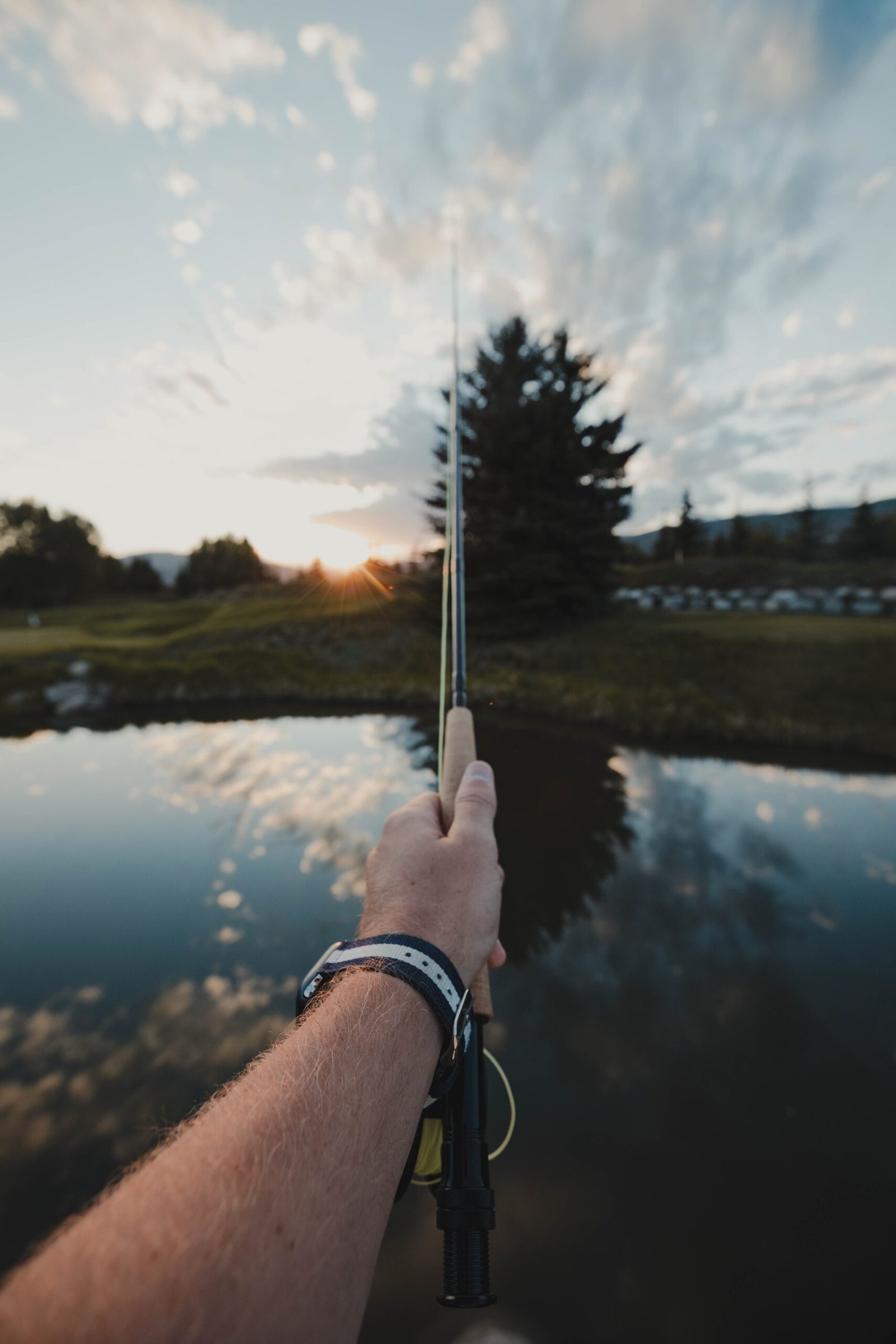Kayak fly fishing combines the thrill of angling with the freedom and maneuverability of kayaking. This unique approach to fishing offers a myriad of benefits, allowing anglers to explore remote waters, reach elusive fish, and enjoy a serene and immersive experience in nature.
Whether you are a seasoned angler or new to the sport, kayak fly fishing offers an exciting and rewarding way to connect with the water and the fish. Let’s dive into the essentials of this exhilarating activity.
Selecting the Right Gear: Kayak and Fishing Equipment
When it comes to kayak fly fishing, choosing the right gear is crucial for a successful and comfortable experience. Let’s start with the kayak itself. Choose a stable and maneuverable kayak specifically designed for fishing. Sit-on-top kayaks are popular among anglers due to their stability and ease of use.
In addition to the kayak, you’ll need essential fishing equipment such as a fly rod and reel, fly line, leaders, tippets, and a variety of flies. Select a fly rod suitable for the type of fish you’re targeting and the water conditions you’ll encounter. It’s also important to invest in a quality personal flotation device (PFD) for safety.
Setting Up Your Kayak for Fly Fishing
Properly setting up your kayak for fly fishing enhances your comfort and efficiency on the water. Install rod holders and a paddle leash to keep your hands free while casting. Attach a waterproof bag or crate to store your gear and keep it easily accessible. Consider adding a fish finder or a GPS unit to locate fish and navigate unfamiliar waters.
Ensure that your kayak is properly balanced and stable by distributing the weight of your gear evenly. This will prevent any unnecessary rocking or tipping while you cast or reel in your catch.
Fundamental Fly Fishing Techniques: Casting and Line Management
Casting in a kayak requires some adjustments compared to traditional fly fishing on land. Mastering the art of casting from a seated position is essential. Practice your cast to achieve accuracy and distance, taking into account the limited space and potential obstacles around you.
Managing your fly line is another crucial aspect of kayak fly fishing. Keep your line tangle-free by stripping it onto a stripping basket or attaching it to a line management system on your kayak. This will prevent frustrating tangles and allow for smooth and efficient presentations of your fly.
Navigating Different Water Conditions and Strategies for Success
As a kayak fly angler, you’ll encounter various water conditions, from calm lakes to fast-flowing rivers and even saltwater flats. Adapting to these conditions is key to a successful fishing trip.
When fishing in still waters, such as lakes or ponds, focus on areas with structure, such as weed beds, drop-offs, or submerged rocks. In rivers, target eddies, seams, and riffles where fish are likely to congregate. When fishing in saltwater, look for flats, channels, and mangrove edges.
Experiment with different retrieval techniques and fly presentations to entice fish to strike. Vary your retrieve speed, pause between strips, and imitate the natural movement of the prey species. Adapt your strategy based on the behavior and feeding patterns of the fish you are targeting.
Targeted Fish Species and Effective Fly Selection
Kayak fly fishing opens up opportunities to target a wide range of fish species, including trout, bass, pike, and even saltwater species like redfish or bonefish. Research the specific fish species in your area and tailor your fly selection accordingly.
Trout, for example, are often enticed by nymphs, dry flies, or streamers, while bass may prefer larger streamers or topwater flies. Pay attention to the local insect hatches and match your fly patterns accordingly. Experimentation and observation will help you discover the most effective flies for each species and location.
Fly Casting Techniques: Exploring Different Approaches
Mastering various fly casting techniques will greatly enhance your success on the water. The roll cast, for instance, is ideal for tight spaces or when dealing with obstacles behind you. The double haul is useful for casting long distances, while the reach cast allows for accurate presentations around obstacles.
Each casting technique has its advantages and is suited to different fishing scenarios. Practice and become proficient in these techniques to adapt to changing conditions and maximize your chances of hooking into fish.
By combining the freedom of kayaking with the art of fly fishing, kayak fly fishing offers a unique and fulfilling experience for anglers of all levels. From selecting the right gear to mastering casting techniques, there is always something new to learn and explore. So grab your kayak, fly rod, and tackle box, and embark on an unforgettable journey into the world of kayak fly fishing!

